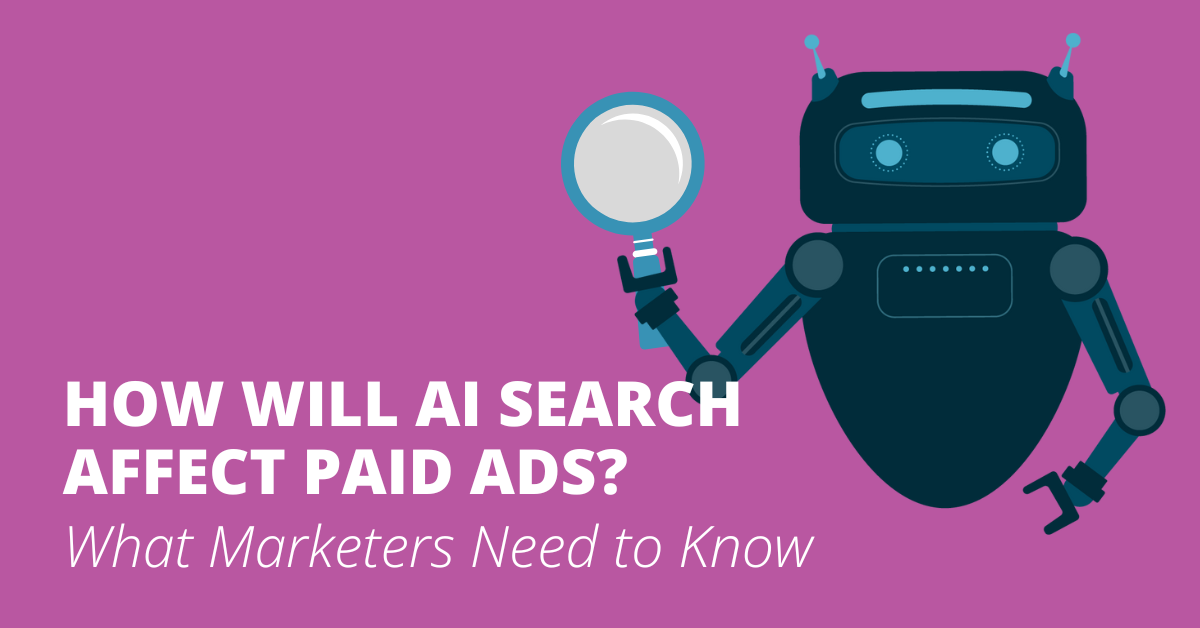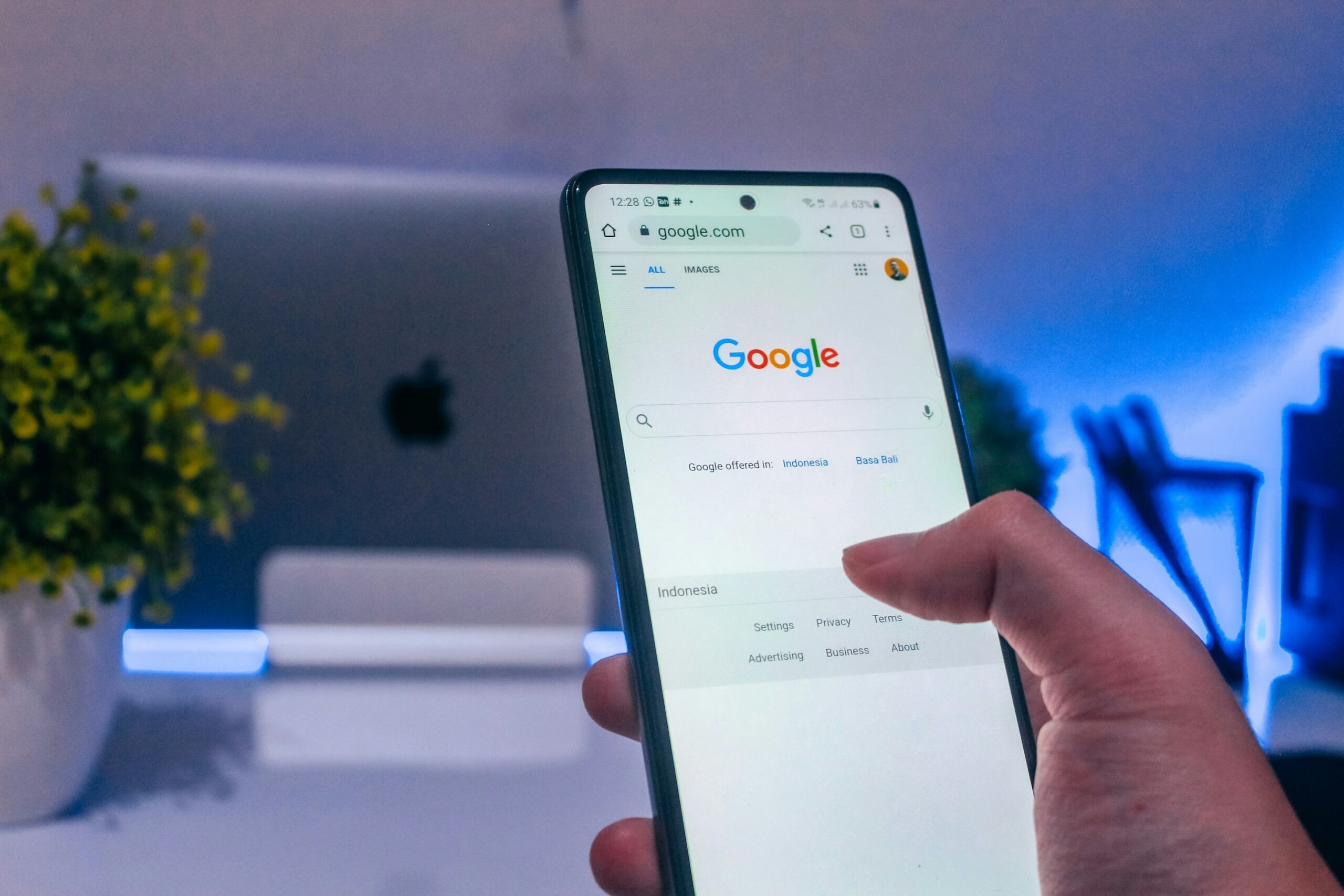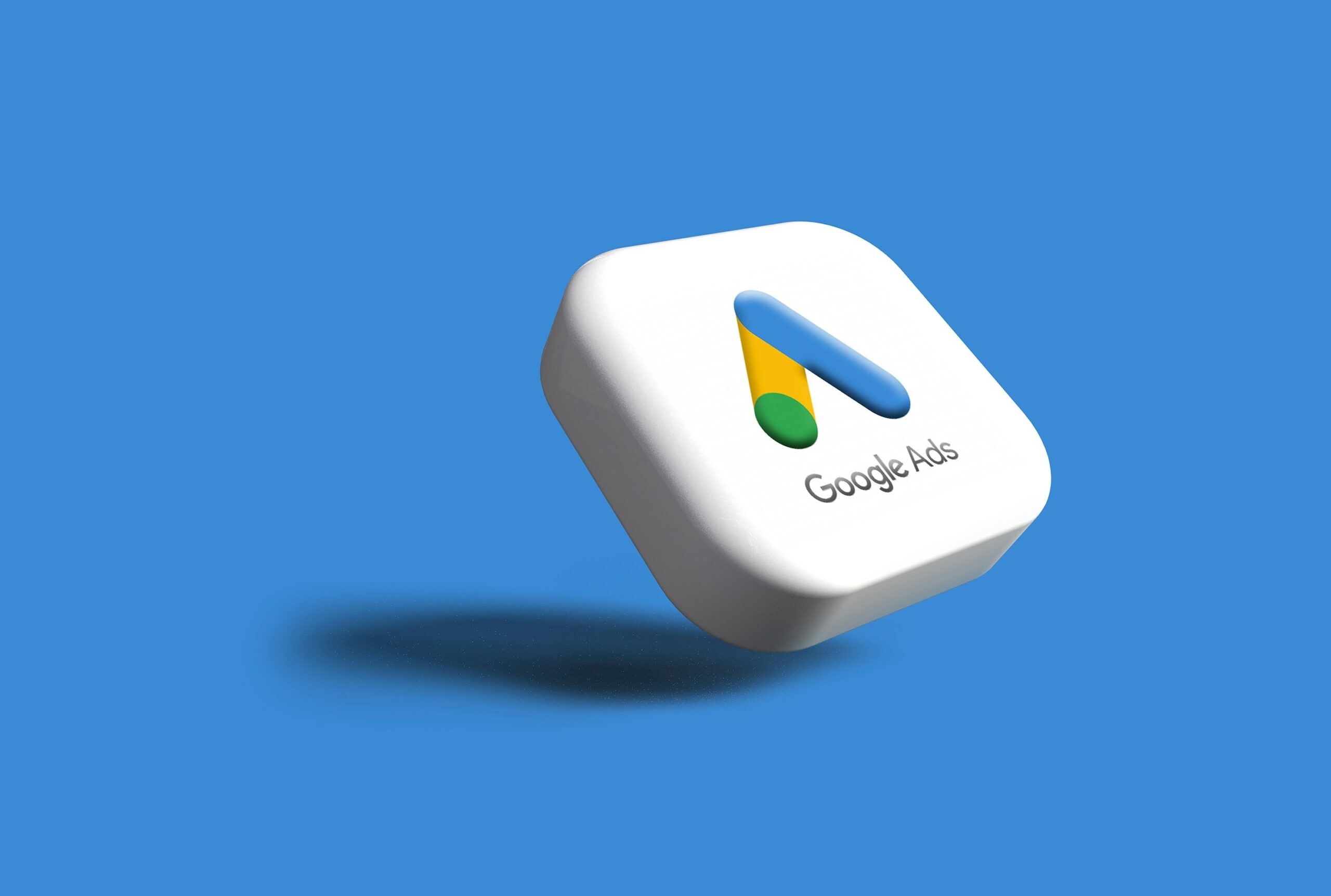How Will AI Search Affect Paid Ads? What Marketers Need to Know
June 3rd, 2025 by
Key Insights
- AI Overviews decrease paid ad performance. When an Overview appears, Google Ads CTR drops from 21.27% to 9.87%.
- Zero-click search is becoming part of the new norm. Some 58.5% of U.S. searches end without a website visit, elevating impression share, on-SERP visibility, and AI-referral traffic as essential metrics.
- Lower-funnel tactics mitigate loss. AI-driven creative, smart bidding, transactional keywords, and conversational search phrases recover clicks that Overviews cannot satisfy.
- First-party data and channel diversity preserve revenue. Feeding CRM signals into ad platforms and expanding into programmatic, CTV, and creator-led video sustains growth as generative SERPs evolve.
- Advertisers will soon be eligible to have their ads shown in AI Overviews and AI Mode if they use Performance Max, Shopping, or broad match Search campaigns, including AI Max for Search.
Ask any paid search specialist today, “How will AI affect paid search ads?” and you’ll see the same mix of excitement and anxiety.
The chat-style answer from Google’s AI Overviews (AIOs) now blocks the top of search results, condensing information from multiple web pages and displaying it above everything on the results page.
Marketers are already measuring the fallout: When an AIO fires, paid ad click-through rates (CTRs) can plunge by more than half, and organic traffic often drops too.
Yet, declaring PPC dead would be premature.
AIOs also provide new context signals and fresh attribution labels in GA4 that can boost performance when used strategically.
And now, there’s a new development: Google has announced that advertisers will soon be eligible to appear in AI Overviews and AI Mode if they use Performance Max, Shopping, and broad match Search campaigns, including AI Max for Search.
While this capability isn’t yet widely available to all advertisers, it hints at a future where paid visibility within AI-powered experiences will be possible.
This post unpacks the latest data on visibility declines, explores emerging AI PPC opportunities, and outlines how Search Influence is helping brands safeguard revenue while turning generative search into a competitive edge.
What Are AI Overviews, and Why Do They Matter for Paid Search?
AI Overviews appear at the top of the SERP, absorb user attention, and compress the real estate available to paid ads.
An AIO is essentially Google’s “CliffsNotes” for a query. Google Gemini analyzes millions of pages, extracts key points, and presents a conversational answer with citations. Because the card can occupy the entire first viewport, especially on mobile, users often get what they need before scrolling.
Fewer impressions reach the positions where search ads typically run, driving immediate visibility loss and, in turn, lower CTR. In practice, that means campaigns relying on upper-funnel traffic or broad-match keywords feel the squeeze first, while tightly focused brand and product queries remain comparatively resilient.
How Does AI Impact Google Ads’ Performance in 2025?
When an AIO triggers, paid ad CTR drops from 21.27% to 9.87%.
A six-month Seer Interactive panel found that AIOs currently fire on roughly 7% of paid impressions. That share sounds modest until you realize it skews toward high-volume, informational queries that traditionally fill remarketing lists.
With clicks disappearing on those terms, advertisers face two immediate pressures: shrinking top-funnel traffic and higher average cost per click (CPC) as more brands bid harder for the impressions that remain. Savvy teams now track impression share by SERP feature, segmenting “AIO” versus “no AIO” to spot dips early and reallocate spend before budgets burn.
Are AI Overviews Reducing Web Traffic and Ad Clicks?
By satisfying informational intent on-page, AI Overviews cut organic visits by 18–64% and dampen paid ad engagement.
A Bounteous analysis revealed that sites targeting informational-type queries (think “average HVAC install cost” or “symptoms of low iron”) lost up to two-thirds of traffic once AIOs rolled out. Because AI search platforms resolve a user’s curiosity instantly, many never click another result. Paid ads suffer collateral damage, particularly for queries without commercial intent.
Brands that once depended on broadly educational content to seed future conversions must now find new ways (first-party data, remarketing from social, and answer-engine optimization) to keep their funnels full.
What Are Zero-Click Searches?
Zero‑click searches occur when search engines satisfy user intent on the results page itself, leaving no need to visit another site.
Featured snippets, knowledge panels, local packs, and now AI Overviews all deliver answers instantly, so the original search queries end right there. Recent SparkToro research found that 58.5 % of U.S. Google searches in 2024 finished without a click — proof that user behavior is tilting toward on‑SERP consumption.
For marketers, this shift clouds traditional metrics. Impressions may vanish before ads load, and click‑through rate tells only part of the story. Tracking impression share, on‑SERP visibility, and emerging “AI referral” traffic offers a truer view of campaign performance in a world where many journeys now begin and end on Google itself.
How Do AI Overviews Affect Paid Ads Differently Than Organic Listings?
AI Overviews diminish paid impressions more than organic visibility because only organic citations appear inside the answer card.
When Gemini selects content for an Overview, it lists source links at the bottom of the snapshot. That gives SEO teams at least a branding breadcrumb, even if clicks decline. Paid ads, however, receive no such cameo; they’re simply shoved below the fold. The double hit, fewer impressions, and zero on-card mentions force advertisers to squeeze more profit from every click.
It also nudges CPC upward as marketers bid aggressively for shrinking inventory.
Collaboration between PPC and search marketers becomes indispensable. Organic can still score brand impressions, while paid must double down on high-intent keywords that AIOs rarely answer outright.
What Should Marketers Do to Adapt Paid Search Campaigns for AI Search?
Advertisers can reclaim lost clicks by combining AI-driven creative, intent-rich targeting, and smart bidding tuned for AI-powered search.
First, embrace AI as a creative partner. AI-powered tools like Performance Max, ChatGPT, and Gemini can spin adaptive headlines that mirror the conversational phrasing users now type, or voice search, into Google. Feeding first-party CRM segments back into Google Ads sharpens audience models so the algorithm boosts bids only for prospects who resemble real buyers. Smart bidding strategies, such as Target CPA or Target ROAS, then respond in milliseconds if an Overview slashes available impressions.
Next, pivot budgets toward bottom-of-funnel phrases — “same-day crown dentist near me,” “buy carbon-fiber pickleball paddle,” “cloud ERP demo pricing.” These commercial-ready searches still require a click, making them less vulnerable to AIO cannibalization.
Finally, test longer, question-style keywords. Broad match combined with responsive search ads (RSAs) can capture AI-driven, voice-style queries like “Who installs tankless water heaters in Austin on weekends?”
It’s also worth noting that campaigns will be eligible to appear in AI Overviews and AI Mode when using Performance Max, Shopping, or broad match Search, including the new AI Max for Search.
Marketers leveraging these campaign types should monitor announcements from Google Ads to understand when and how this feature rolls out to their accounts.
This conversational SEO/PPC crossover ensures visibility as search behavior evolves.
Will AI Referral Traffic Replace Traditional Clicks?
AI referral traffic is still embryonic but poised to become a measurable channel worth monitoring in GA4.
Dig into GA4 source/medium reports, and you might notice entries such as gemini.google.com or chat.openai.com. Creating a custom channel group for any URL or host containing “ai” or “overview” lets marketers benchmark engagement metrics, time on site, scroll depth, and assisted conversions for these visits.
Early numbers suggest that AI referral users consume content quickly and frequently navigate to deeper pages, perhaps because they arrive already primed by the answer box.
Tracking micro-conversions (PDF downloads, click-to-call events) will help quantify the true value of this emergent audience as volumes grow.
How Will the Paid Search Industry Evolve in Response to AI?
Paid search is shifting toward data-heavy automation, diversified media mixes, and AI-enhanced creative storytelling.
Google has already infused Gemini into ad creation, offering dynamic headline suggestions pulled from landing pages, product feeds, and customer intent signals. As SERP space tightens, brands are funneling incremental dollars into programmatic native, connected TV, discovery campaigns, and AI paid advertising on social platforms like TikTok Pulse. Agencies that weave PPC, conversion rate optimization, and answer-engine optimization into one cohesive strategy will distance themselves from siloed competitors.
Meanwhile, the concept of Generative Engine Optimization (GEO) (or AI SEO, as we like to call it) has gone from theory to practice. Expect PPC managers to partner with SEO leads on structured data, schema markup, and entity optimization designed to make both ads and citations algorithm-friendly.
How Can You Future-Proof Your Paid Search Strategy in an AI-Driven World?
To future-proof your paid search strategy in an AI-driven world, marry rapid experimentation with rich first-party data and a diversified channel mix so revenue stays resilient as generative SERP features evolve.
Operate on rapid test–learn loops: Weekly experiments reveal performance swings long before quarterly reviews surface them. Push every offline conversion, call, CRM deal, and store visit into Google Ads and Microsoft Advertising so machine-learning models optimize for profit, not vanity clicks. Layer audience signals, such as lapsed customer reactivation or high-value upsell, to fine-tune bidding during low-impression windows caused by AI models.
Outside the SERP, pilot creator-led YouTube shorts, TikTok Spark Ads, and programmatic audio to hedge against further search volatility. These channels, amplified by AI-targeting capabilities, keep your message in market even when Google’s answer engines handle the top of the funnel.
Finally, build dashboards that isolate artificial intelligence search impressions, CPC deltas, and AI-powered search marketing ROI so leadership sees both the risk and the enormous opportunity.
Higher Ed Spotlight
AI Overviews reduce top-funnel research traffic, yet high-intent education queries remain prime real estate for paid ads.
Prospective students may find tuition averages or admission timelines directly in an Overview, but searches like “AACSB-accredited online MBA with scholarships” or “fastest RN-to-BSN program near me” still demand a click. Higher ed institutions that refine keyword match types and clusters around modality, cohort start date, and location continue to generate qualified leads at competitive cost per inquiry (CPI).
Personalizing ad copy to speak to specific learner motivations, career advancement, salary potential, and schedule flexibility improves conversion rate even when impressions drop.
To see where AI-powered search has distorted your funnel, use our free Higher Ed CPI Worksheet.
Learn More About Navigating AI-Powered Search With Search Influence
AI Overviews aren’t fading. They’re expanding.
But that doesn’t mean your paid media growth and ad relevance have to shrink.
The search marketers at Search Influence are already training AI tools to craft conversion-tested creatives, teaching smart-bidding algorithms to detect Overview-heavy SERPs, and visualizing AI referral paths inside GA4.
We blend AI-powered bidding, conversational keyword research, and cross-channel planning to turn generative search disruption into revenue.
If your CTR line looks like a ski slope or your CPC has climbed without a parallel rise in leads, it’s time for a deeper conversation.
Contact our digital marketing team and let’s rewire your PPC campaigns for the AI Overview era.




